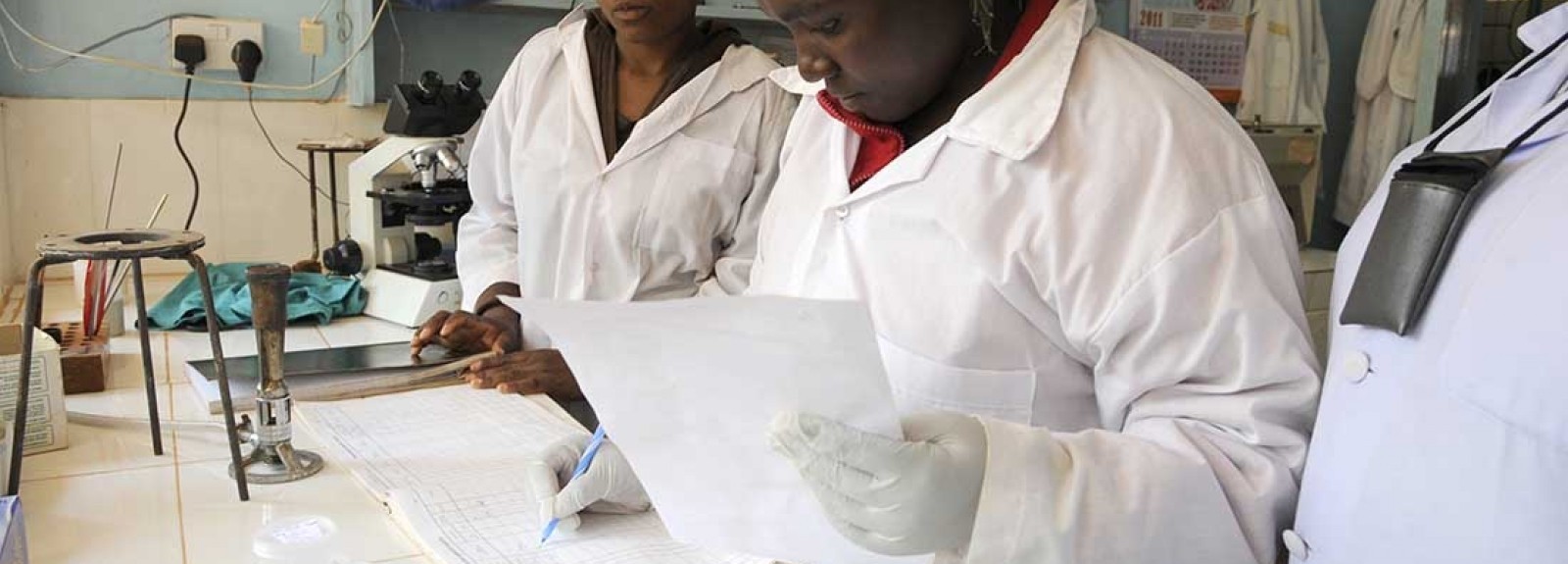I
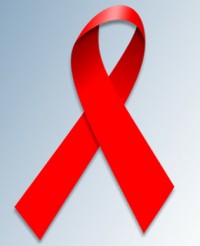 n commemoration of World AIDS Day 2015, IMA World Health is highlighting the important work being done as part of our Local Partners Excel in Comprehensive HIV & AIDS Service Delivery (LEAD) Project. This project works in the Mara, Manyara, and Tanga regions of Tanzania and aims to increase access to HIV care, treatment, and support services for people living with HIV and AIDS (PLWHA) and their families.
n commemoration of World AIDS Day 2015, IMA World Health is highlighting the important work being done as part of our Local Partners Excel in Comprehensive HIV & AIDS Service Delivery (LEAD) Project. This project works in the Mara, Manyara, and Tanga regions of Tanzania and aims to increase access to HIV care, treatment, and support services for people living with HIV and AIDS (PLWHA) and their families.
IMA works with public and faith-based health facilities to build financial and program management capacity while providing technical assistance to improve clinical service delivery.
We asked our staff members how they think we can “Get to zero: zero infections. zero discrimination. zero AIDS-related deaths.”
Here’s what they had to say:
 Dr. Allen Minja
Dr. Allen Minja
LEAD Program Manager, with IMA World Health since 2008
Based in Manyara Region
Community mobilization is needed to get services to everyone. Community knowledge in health and services, enrolling in care and staying in care are ways of getting to zero. Make sure all children tested are linked to relevant services. Provide entertainment and support to children on Saturday treatment days to make sure they don’t miss treatment days. Who are the people who need testing for HIV? Everyone!
 Dr. Chris Kudila
Dr. Chris Kudila
Program Officer for the LEAD Project with IMA since 2012
Based in Musoma Municipal in Mara Region
The way we can get to zero is to have everyone know their HIV status. That way we will be in a position to understand each other and their treatment and support needs. We can work to ensure that no baby is born with HIV. Through the support of LEAD, we have done a lot to improve care and treatment services and to address issues of supply chain, and improve financial management at care and treatment sites.
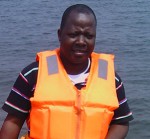 Dr. Patiens Rweyemamu
Dr. Patiens Rweyemamu
Program Officer with the LEAD Project, with IMA since 2009
Based in the Mara Region in the Musoma, Butiama and Serengeti districts
I think mapping of vulnerable population centers in the Mara Region, such as islands, fishing villages and mining areas, and intensifying support to those areas may help in getting to zero new infections. For zero discrimination, the key is enforcement of anti-discriminatory laws through strong institutions and behavioral change advocacy. Implementing those strategies coupled with early detection of opportunistic infections and early treatment of infections with proper counseling can move us in the direction of zero AIDS-related deaths.
 Veronica Mkusa
Veronica Mkusa
Program Officer with the LEAD Project, with IMA for eight years
Based in Tanga Region
Getting to zero requires more community education, the promotion of Provider-Initiated HIV Testing and Counseling (PITC) and Voluntary HIV Counseling and Testing (VCT), as well as increasing enrollment to Antiretroviral Therapy (ART) for all age groups, Prevention of Mother to Child Transmission of HIV (PMTCT) and Early Infant Diagnosis (EID). The promotion of adolescent friendly clinics are also needed. Getting to zero discrimination requires more education on patients’ rights.
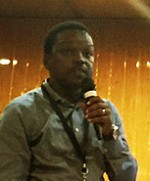 Dr. January Zilabumba
Dr. January Zilabumba
Project Team Lead in Mwanza, with IMA for seven years
Based in Mara Region
Getting to zero requires care and treatment site management for improved HIV service delivery. This may include activities such as support to work plan implementation, funding, human resources management, and developing strong relationships with care and treatment sites and leveraging resources from other partners or sites. Gaps need to be identified during project implementation and remedial actions followed-up.
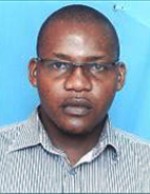 Dr. Salehe Mlanga
Dr. Salehe Mlanga
Program Officer, LEAD Project, with IMA for four years
Based in Tanga Region supporting Muheza and Mkinga Districts. Muheza is a district with high HIV prevalence.
I believe we have made significant progress in reducing the number of infections, particularly in children. This is reflected in the reduction in the rate of HIV-positive infants born by HIV-positive women. However, we are still facing challenges in poor retention to ART; willingness to start ART, particularly among HIV-positive pregnant women; knowledge and attitude to, not only HIV/AIDS but also other chronic diseases; and limited quality of care due to limitations in human resources for health and infrastructure. I believe if we continue to invest in addressing the last two and finding innovative ways that empower communities to take ownership of their challenge, we will get there.
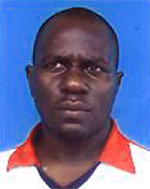 Dr. Leodegarius Ndibalema
Dr. Leodegarius Ndibalema
Program Officer, LEAD Project
Based in the Mara Region in Bunda District
Getting to zero is a step-by-step process, which depends on the following components:
- Every newly diagnosed HIV client is kept on care and treatment. By doing so, every client will have a very low viral load thus decreasing the ability to transmit the infection to others.
- Keep educating the community on the stigma faced by HIV positive clients. Sensitize the community and work with them to join the fight against HIV/AIDS.
- Early diagnosis and treatment of HIV, along with compliance to medication will surely lead to zero-AIDS related deaths; but, still there is a gap of trained health care providers of HIV/AIDS services.
 Dr. Asheri Barankena
Dr. Asheri Barankena
Program Officer, LEAD, working with HIV/AIDS programs for almost four years
Based in the Manyara region (which is 850 kilometers away from Dar es Salaam and has six districts widely distributed through difficult terrain with over 500 kilometers between some districts by dirt road)
The HIV/AIDS epidemic has changed so much over the time, looking back from 1983 when the first HIV case was diagnosed at Kagera region, a lot has happened since then. From people initially learning how to take care of an HIV-positive patient in the 80s to now GETTING to zero is an enormous achievement. Continual community awareness, especially in remote areas is paramount. For pediatric care and treatment, we need to introduce point of care testing for early infant diagnosis to reduce the turnaround time for test results to be shared with the patient.
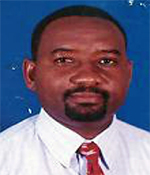 Dr. Ekandumi D.J. Kimoi
Dr. Ekandumi D.J. Kimoi
Senior Program Manager, AIDSRelief/LEAD Program, with IMA for seven years
Based in the Mara, Manyara and Tanga regions of Tanzania
Achievement can be reached with strong collaboration between all stakeholders, commitment, and proper allocation of different resources in planning, budgeting, implementation, and monitoring and evaluation.
About World AIDS day
World AIDS Day has taken place on December 1 every year since 1988.
It provides an opportunity to draw attention to the HIV epidemic around the world. Many people choose to organise an event on or around 1 December to raise awareness of HIV, to remember loved ones who have died, to show solidarity with people living with HIV, to celebrate survival and health, and to raise money for HIV and related causes.
For many people, the day is associated with the red ribbon, an instantly recognisable symbol. Wearing a red ribbon is a simple way to show your support, and there are also many other ways in which you can get involved.
Source: World Health Organization


